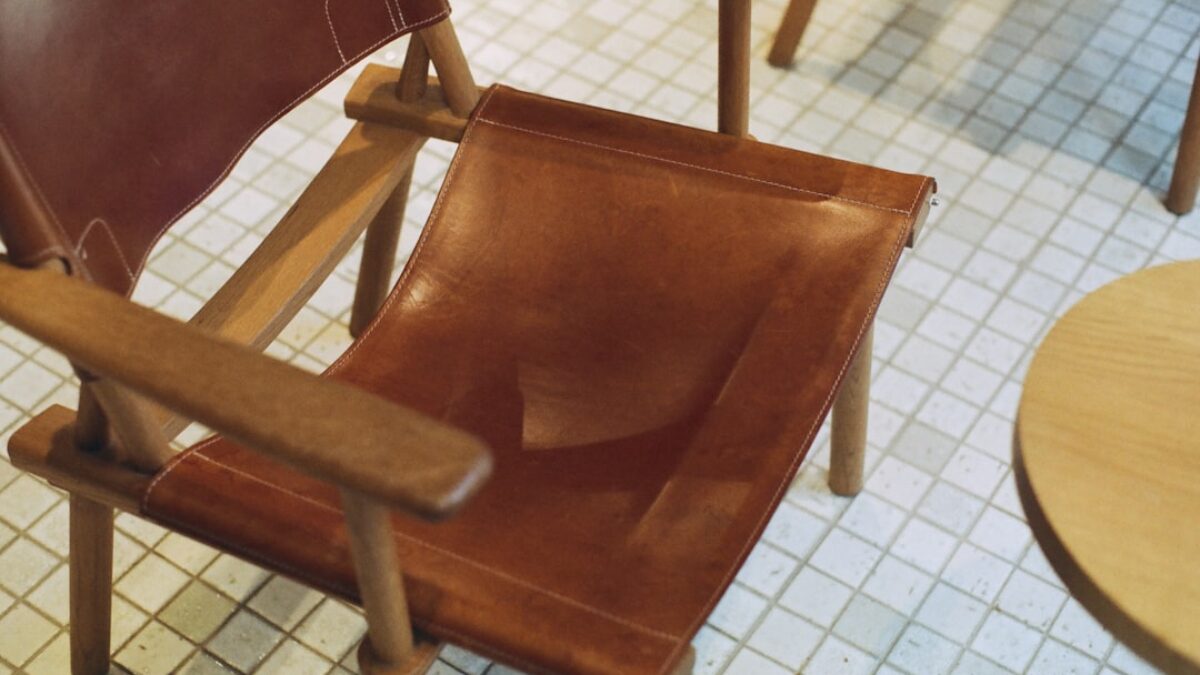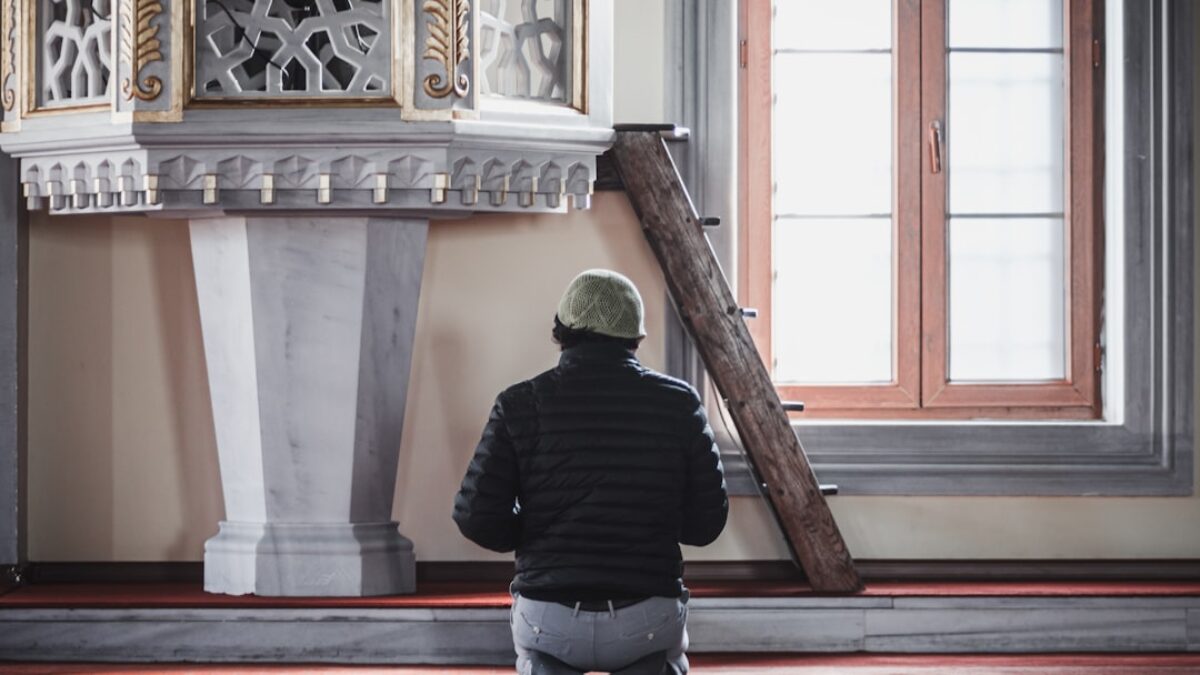Prayer does not require a perfect posture or a pristine setting; it only requires a willing heart. For many—whether because of chronic pain, limited mobility, post-surgery recovery, or simply a demanding office schedule—kneeling or sitting cross-legged on the floor is neither realistic nor comfortable. Learning how to pray in a chair is therefore more than a convenience; it is an invitation to remain spiritually engaged when circumstances threaten to isolate us from intimacy with the Divine. This step-by-step guide shows you how to transform any sturdy seat into a sanctuary of comfort and connection.
Understanding Prayer in a Chair
Prayer in a chair is the practice of intentionally centering your mind, body, and spirit on the presence of God while seated. It is not a “second-best” option; it is simply a different container for the same sacred conversation. The earliest Christian desert fathers often prayed on stools, and mystics such as Julian of Norwich received their most profound visions while lying in bed. What matters is attitude, not altitude.
Who Benefits from Chair Prayer?
- People with arthritis, neuropathy, or spinal injuries
- Older adults seeking safe, fall-free devotions
- Office workers who crave micro-retreats between Zoom calls
- Parents rocking infants who refuse to be put down
- Anyone recovering from surgery or managing fatigue-related illnesses
Core Principles
- Safety first: A stable chair prevents falls and allows long periods of stillness.
- Alignment second: Good posture keeps the breath free and the mind alert.
- Intentionality third: A simple ritual—lighting a candle, breathing three times—signals the brain that sacred time has begun.
Key Components of Chair Prayer
Like a three-legged stool, chair prayer depends on posture, preparation, and presence. Remove any leg and the experience wobbles.
1. Choosing the Right Chair
| Feature | Ideal Specification | Why It Matters |
|---|---|---|
| Seat Height | 17–19 inches | Feet rest flat, hips slightly above knees for circulation |
| Back Support | Mid-back to shoulder-blade height | Prevents slouching, encourages diaphragmatic breathing |
| Armrests | Optional, adjustable preferred | Relieves shoulder tension; remove if they restrict openness |
| Material | Firm cushion or breathable mesh | Comfort without “sinking”; avoids overheating |
| Stability | Four legs, no wheels | Minimizes micro-movements that distract the mind |
Tip: If you need extra lumbar support, place a rolled towel or small cushion at the curve of your lower back.
2. Body Mechanics & Posture
The “HELP” Checklist
- Hips: Sit back so hips touch the rear of the seat.
- Elbows: Rest lightly on thighs or armrests, forming a gentle “open bowl.”
- Legs: Knees at 90°, feet hip-width apart, parallel.
- Posture: Imagine a string from the crown of your head to the ceiling; lengthen, don’t stiffen.
Micro-Stretches to Release Tension
- Neck rolls: Slowly move chin to chest, right ear to right shoulder, back, left ear to left shoulder—30 seconds.
- Shoulder blade squeeze: Inhale, gently squeeze shoulder blades together; exhale, release—five repetitions.
- Ankle circles: Lift one foot slightly and rotate ankle in both directions—ten times each foot.
These gentle movements can be done before you begin to pray or during longer contemplative sessions without leaving the chair.
3. Breathing Techniques for Centering
Your breath is the doorway to stillness.
- 4-4-4 Breath: Inhale for four counts, hold for four, exhale for four—excellent for calming anxiety.
- Lectio Breath: Pair inhalation with one phrase of Scripture (“Be still”) and exhalation with the next (“and know”).
- Box Breathing: Visualize drawing a square as you count the four segments—useful when your mind is racing.
4. Preparing the Space
Even a cubicle can become a miniature chapel.
Essential Elements
- Lighting: Soft lamp or natural window light reduces eye strain.
- Sound: Noise-canceling headphones with instrumental music or nature sounds create an audio cocoon.
- Aroma: A tiny essential-oil roller or scented hand lotion can trigger the brain’s limbic system and deepen memory of the moment.
- Symbol: A pocket cross, photo, or smooth worry stone gives tactile grounding.
Quick 90-Second Setup Routine
- Sit, plant both feet, close eyes—three deep breaths.
- Roll shoulders once, relax jaw.
- Whisper a one-line intention: “Here I am, Lord; speak, your servant is listening.”
Benefits and Importance
Physical Benefits
- Reduced joint strain: Eliminates pressure on knees and hips that kneeling can cause.
- Improved circulation: Proper chair height keeps blood from pooling in lower legs.
- Sustainable duration: Comfortable posture allows longer contemplative sits without pain.
Psychological & Spiritual Benefits
- Decreased performance anxiety: The body isn’t distracting you with discomfort, so the mind is freer to listen.
- Deeper breathing: Upright, supported spine encourages full diaphragmatic expansion, which lowers cortisol.
- Consistency: A chair is always available, turning a hotel room or hospital ward into sacred space.
Social & Pastoral Implications
When churches provide chairs in prayer rooms or at the altar rail, they implicitly welcome the elderly, the injured, and the invisible chronically ill. Inclusion itself becomes a form of proclamation: “Every body is a prayer body.”
Practical Applications
Step-by-Step Guide: A 5-, 10-, and 20-Minute Chair Prayer Model
5-Minute “Flash Prayer”
- Settle (30 sec): Sit, feet flat, hands on thighs, half-smile to cue relaxation.
- Breathe (1 min): 4-4-4 breathing pattern.
- Scripture (1 min): Silently read or recall one verse.
- Name & Release (2 min): Speak one gratitude, one concern, then exhale both into God’s care.
- Benediction (30 sec): Sign of the cross or simple “Amen.”
10-Minute “Lectio Chair”
- Silencio (1 min): Stillness.
- Lectio (2 min): Read the passage aloud slowly.
- Meditatio (3 min): Focus on one word or phrase that shimmers.
- Oratio (2 min): Respond spontaneously in prayer.
- Contemplatio (2 min): Sit in receptive silence, repeating the phrase if the mind wanders.
20-Minute “Listening Chair” (Ignatian Examen)
- Gratitude (3 min): Review gifts of the day.
- Review (5 min): Walk through the day’s timeline, noting emotions.
- Sorrow & Forgiveness (4 min): Name missteps; receive mercy.
- Renewal (5 min): Ask for grace for tomorrow.
- Final Rest (3 min): Sit in wordless communion.
Creative Variations
Chair Rosary or Mala
Hold the beads in your lap. Each bead can be turned with the thumb while the rest of the hand remains relaxed on the thigh.
Virtual Choir Prayer
If mobility keeps you home, join a livestream compline. Keep headphones on, hands folded, and follow the liturgy on-screen.
Wheelchair & Recliner Adaptations
- Wheelchairs: Lock the brakes; place a pillow behind the sacrum to correct forward tilt.
- Recliners: Recline only 10–15° to avoid sleepiness; use a lap desk for journaling.
Common Obstacles & Troubleshooting
| Problem | Quick Fix | Long-Term Strategy |
|---|---|---|
| Slouching | Place pillow between lower back and chair | Core-strengthening exercises 3×/week |
| Falling Asleep | Open eyes halfway, focus on a candle flame | Schedule prayer 90 min after coffee, not right after meals |
| Restless Legs | Shift to “seated mountain” pose: flex feet, press heels down | Magnesium supplement; gentle evening stretches |
| Environmental Noise | Noise-canceling headphones with brown-noise app | Create a visual “prayer in progress” sign for family |
Frequently Asked Questions
Is praying in a chair less reverent than kneeling?
Reverence is measured by the posture of the heart, not the knees. Scripture shows people praying in beds (Psalm 6:6), on horseback (Nehemiah 2:4), and looking up to heaven (John 17:1). If physical limitation or necessity leads you to a chair, you are in excellent biblical company. What matters is intentional focus and humility.
How do I keep my back from hurting during longer prayers?
Start with micro-adjustments: every five minutes, gently elongate the spine,
























Post Comment